A peek into Mughal Dhaka
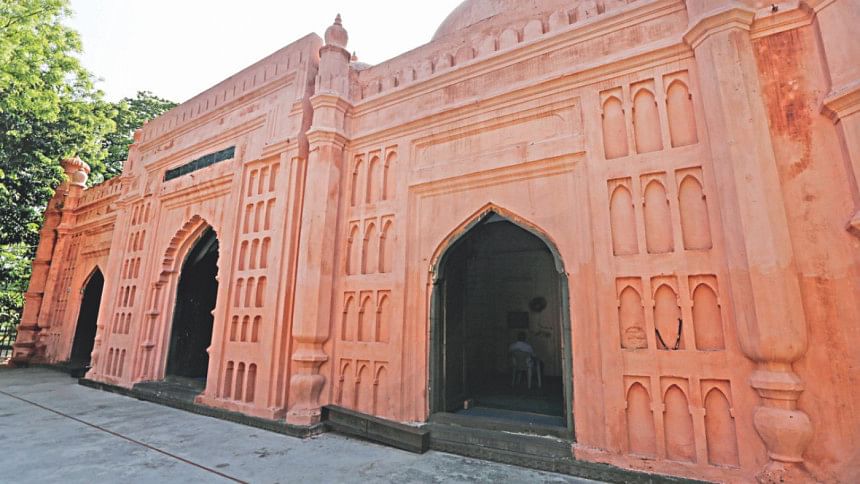

Nestled between Tin Netar Mazar and court buildings, the mosque-and-tomb compound of Haji Khwaja Shahbaz takes one back to the Mughal era, perhaps because there are no high-rises directly overshadowing its premises.
One can appreciate the splendid sight of the mosque, albeit with glimpses of the iconic structure of the mausoleum of the three leaders in the background. Greenery in the surrounding, too, adds to the ambience. The setting seems perfect.
Of course, there are a number of other Mughal mosques in Dhaka. But this mosque, built in 1679, seems particularly special because of the overall setting and surrounding, unlike that of a number of its Mughal contemporaries.
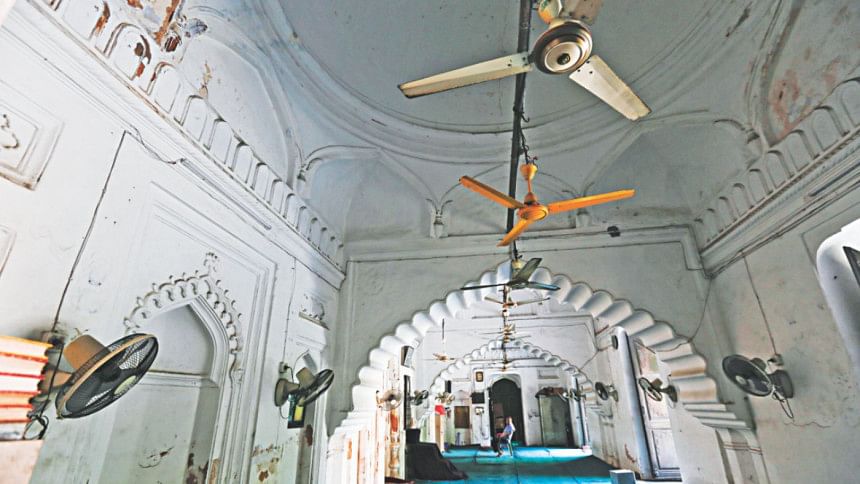
This mosque is a three-domed structure -- a rather quintessential trait of Mughal mosques one sees in Dhaka. In fact, these mosques generally have a number of features in common.
This particular mosque, as the name suggests, was built by one Haji Khwaja Shahbaz. He was an influential businessman: “Malik-ut-tujjar i.e. Merchant-prince and a commercial magnate of Dhaka”, Syed Muhammed Taifoor thus introduces him in his book, “Glimpses of Old Dhaka”.
“He built the mosque as well as his own tomb during his lifetime,” Ahmad Hasan Dani, who was a revered historian, informs us in “Dacca: A Record of its Changing Fortunes”.
One easy direction to reach the compound would be to take the road beside Tin Netar Mazar.
The mosque and the tomb indeed make for an arresting view. The domes, arched entrances, corner towers, and slender minarets provide a good first impression of the mosque.
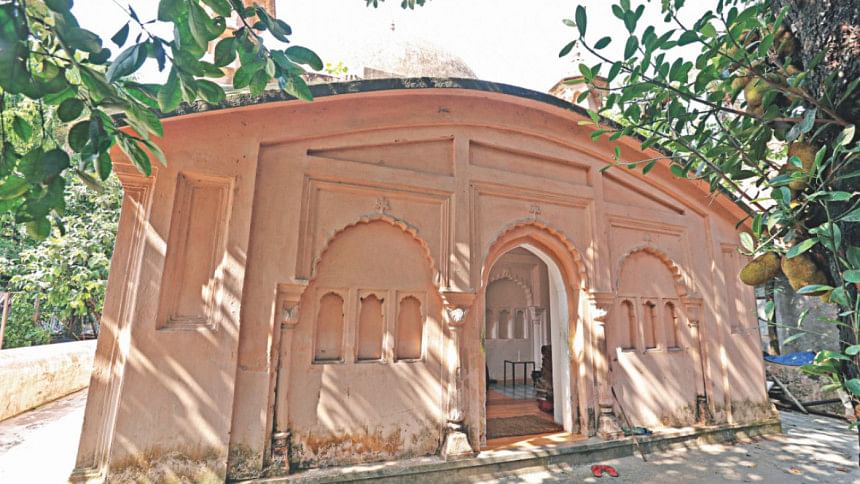
Sayid Aulad Hasan quoted a translation (by Professor Harinath De) of the mosque's inscription in his booklet, “Notes on the Antiquities of Dacca”, more than a century ago:
“Hawji Khwajah Shahbaz this holy building made to rise
The holy building which to God's throne rightly may be said to rise
The Mosque of Hawji Khwajah Shahbaz call this (beautiful?) mosque ye all.
From this the building's date the tongue that knows all things hath led to rise. “
The impression will continue to hold when you enter the building -- with an elegant central mihrab and multi-cusped arches, and the domes above. You would also be acutely aware of how small the interior actually is.
The merchant-prince's mausoleum stands opposite to the facade of the mosque.
“On the floor lies the masonry cenotaph of the Haji,” Dani further wrote in his book.
The magnificent single-domed monument reinforces the grandeur of the compound and arguably reflects the life of a wealthy and influential man.
He is long gone. Gone too, is Mughal Dhaka.
His legacies -- the mosque and the tomb -- however, live on to whisper vague tales of the past.

 For all latest news, follow The Daily Star's Google News channel.
For all latest news, follow The Daily Star's Google News channel. 

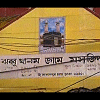
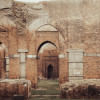


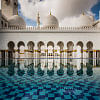


Comments